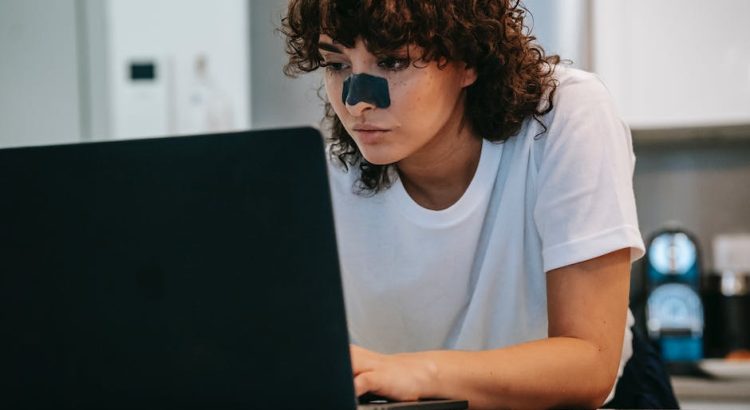Contents;
What Is Rhinoplasty Surgery?
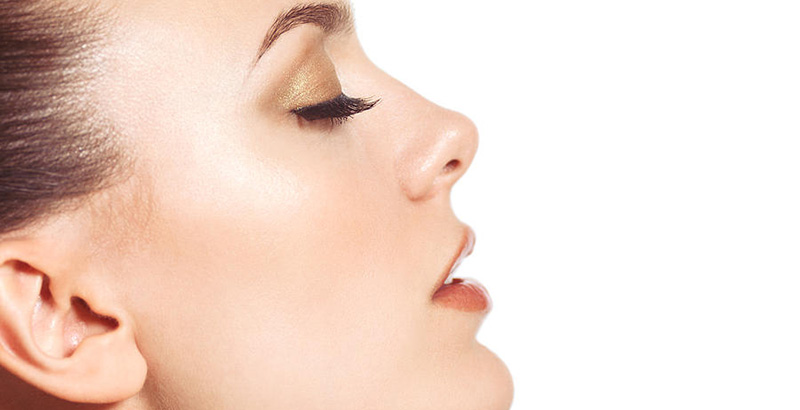
Rhinoplasty, also known as a nose job, is a surgical procedure that is performed to reshape or resize the nose. It is one of the most common cosmetic procedures, sought after by individuals who are unhappy with the size, shape, or appearance of their nose. Rhinoplasty can address a variety of concerns, such as a crooked nose, a hump on the bridge, a wide or bulbous tip, or asymmetry. The goal of rhinoplasty is to enhance facial harmony and balance by creating a nose that is in proportion with the rest of the facial features.
Rhinoplasty can be performed using two different techniques: open rhinoplasty and closed rhinoplasty. In open rhinoplasty, the surgeon makes a small incision on the columella, which is the strip of skin that separates the nostrils. This allows for better access and visibility during the procedure. In closed rhinoplasty, all the incisions are made inside the nostrils, leaving no visible scars. The choice of technique depends on the specific goals of the surgery and the surgeon’s preference.
Rhinoplasty can have numerous benefits for individuals who are unhappy with the appearance or functionality of their nose. It can improve self-confidence and self-esteem, as it can help individuals feel more satisfied with their overall appearance. In addition, rhinoplasty can correct certain breathing problems caused by structural abnormalities in the nose, such as a deviated septum. By straightening the nasal passages, rhinoplasty can improve airflow and alleviate symptoms like snoring or difficulty breathing through the nose.
Different Types Of Rhinoplasty Procedures
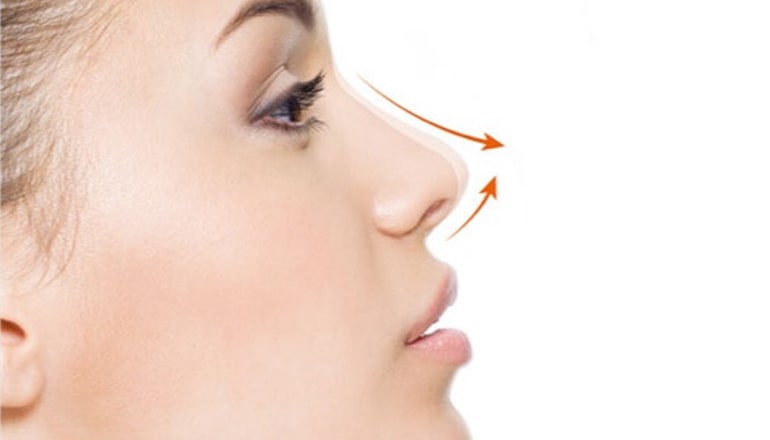
One type of rhinoplasty procedure is called open rhinoplasty. In this procedure, a small incision is made on the columella, the strip of skin between the nostrils. This allows the surgeon to lift the skin and gain better access to the underlying structures of the nose. Open rhinoplasty is often used for more complex cases or when significant reshaping of the nose is required.
Another type of rhinoplasty procedure is known as closed rhinoplasty. Unlike open rhinoplasty, closed rhinoplasty involves making incisions entirely inside the nostrils, without any external scarring. This technique is typically used for less complicated cases and allows for a shorter recovery period compared to open rhinoplasty.
Benefits Of Rhinoplasty
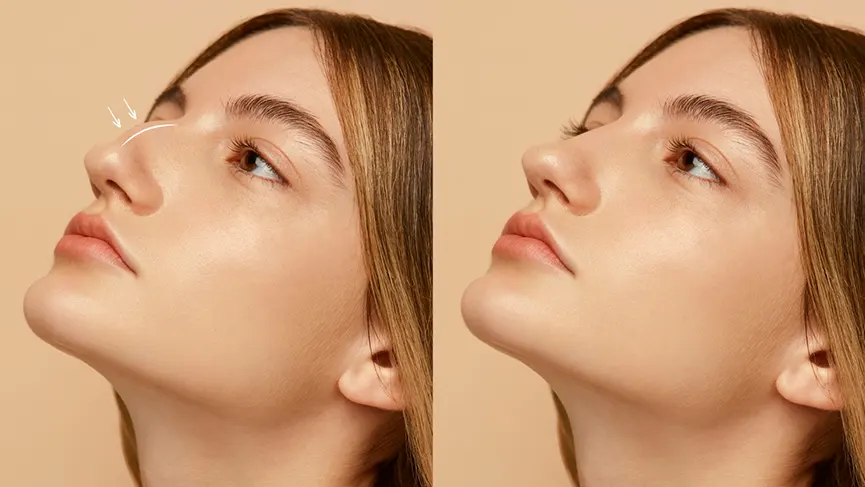
Improved self-confidence: One of the key benefits of rhinoplasty is the boost in self-confidence that it can provide. Many individuals who are unhappy with the appearance of their nose may feel self-conscious or insecure. By addressing these concerns through rhinoplasty, individuals can feel more confident and comfortable in their own skin.
Better breathing: In addition to aesthetic enhancements, rhinoplasty can also improve nasal function. For individuals who struggle with breathing difficulties, a deviated septum, or other nasal structural issues, rhinoplasty can help to improve airflow and alleviate problems associated with breathing.
Correcting structural abnormalities: Rhinoplasty can be a solution to correct various structural abnormalities of the nose. This includes fixing a crooked or misaligned nose, addressing a hump or bump, or reshaping the nostrils. By addressing these issues, rhinoplasty can help individuals achieve a more symmetrical and balanced appearance.
Choosing The Right Surgeon For Rhinoplasty

When it comes to rhinoplasty, one of the most crucial decisions you will make is choosing the right surgeon. It is important to remember that rhinoplasty is not only a cosmetic procedure but also a complex surgical operation that requires a skilled and experienced professional. So, how do you go about selecting the right surgeon for your rhinoplasty? Here are a few key factors to consider:
1. Qualifications and Board Certification: The first step in choosing a rhinoplasty surgeon is to ensure that they are properly qualified and board-certified. Board certification ensures that the surgeon has undergone the necessary training and has met the requirements set by the board.
2. Experience and Expertise: Rhinoplasty is a highly specialized procedure, and it is important to choose a surgeon who has extensive experience and expertise in performing rhinoplasty surgeries. Look for a surgeon who has a proven track record of successful outcomes and a portfolio of before and after photos of previous patients.
3. Patient Reviews and Testimonials: Reading reviews and testimonials from previous patients can provide valuable insights into the surgeon’s skills, bedside manner, and the overall patient experience. Take the time to research and read reviews on trusted medical websites and forums.
Preparing For Rhinoplasty Surgery
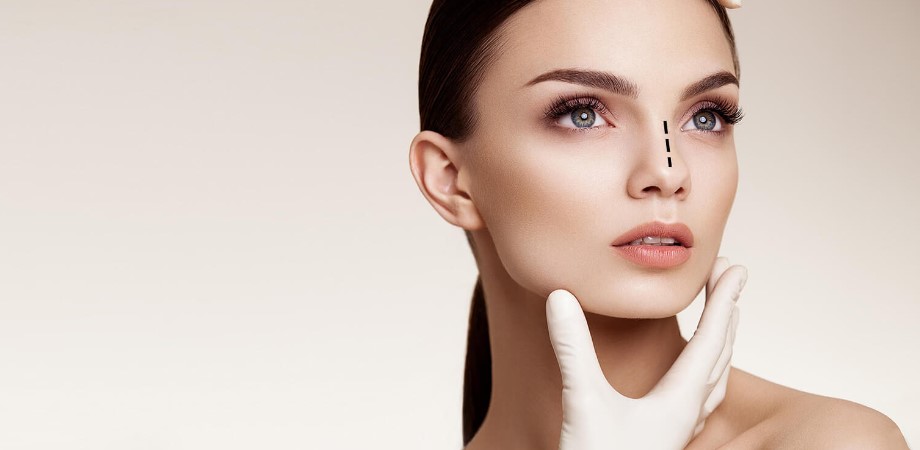
Firstly, it is crucial to choose the right surgeon for your rhinoplasty surgery. Rhinoplasty is a complex procedure that requires a skilled and experienced specialist. Research different surgeons, read reviews, and consider their qualifications and expertise in rhinoplasty. Schedule consultations with a few potential surgeons to discuss your expectations, concerns, and to ensure they understand your desired results.
Once you have chosen a surgeon, they will provide you with detailed pre-operative instructions. It is essential to follow these instructions diligently to ensure a safe and successful surgery. These instructions may include avoiding certain medications, supplements, and smoking in the weeks leading up to the procedure. Your surgeon may also advise you to undergo some pre-operative tests, such as blood tests or imaging scans, to assess your overall health and ensure you are a suitable candidate for surgery.
Additionally, it is essential to have realistic expectations for your rhinoplasty surgery. Consultation with your surgeon will help you understand what can and cannot be achieved through the procedure. Your surgeon will consider your facial structure, skin thickness, and other factors to determine the best approach for your desired outcome. Understanding the limitations of rhinoplasty will help you have realistic expectations and increase your overall satisfaction with the results.
In conclusion, preparing for rhinoplasty surgery involves thorough research, careful selection of a qualified surgeon, following pre-operative instructions, and having realistic expectations. By being well-prepared, you can ensure a smoother surgical experience and increase the likelihood of achieving your desired results. Remember to consult with your surgeon to address any concerns or questions you may have before undergoing rhinoplasty. Good luck with your journey towards a more confident and improved appearance!
Recovery Process And Aftercare For Rhinoplasty Surgery
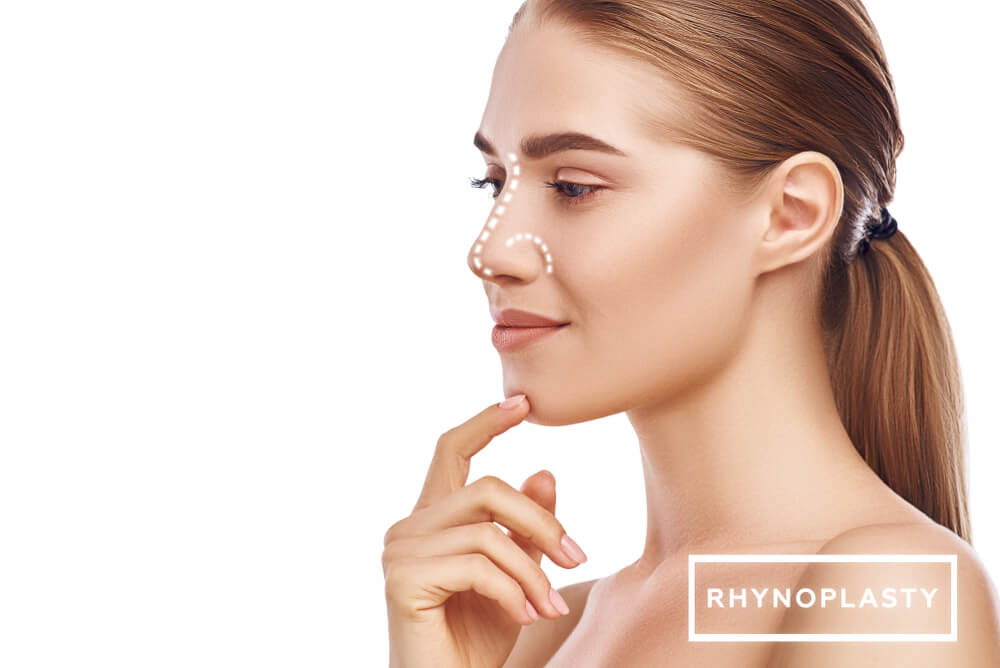
During the immediate recovery period, it is normal to experience swelling and bruising around the nose and eyes. These side effects can vary in severity from person to person but typically subside within the first two weeks following surgery. To help minimize discomfort and support the healing process, it is essential to follow the post-operative instructions provided by your surgeon.
Proper aftercare for rhinoplasty involves:
- Keeping the surgical site clean and dry: It is important to keep the area around the nose clean to prevent infection. Your surgeon may provide specific instructions on how to clean the incision site using a saline solution or an antibiotic ointment.
- Using cold compresses: Applying cold compresses to the nose can help reduce swelling and alleviate discomfort. However, it is important to follow your surgeon’s recommendations regarding the frequency and duration of cold compress application.
- Avoiding strenuous activities: Engaging in strenuous activities or lifting heavy objects should be avoided during the initial recovery period to prevent strain on the nose and potential complications. Your surgeon will provide guidelines on when it is safe to resume normal activities.
Additionally, it is crucial to attend follow-up appointments with your surgeon as scheduled. These appointments allow your surgeon to monitor your progress, remove any external stitches, and assess the healing process. It is important to discuss any concerns or questions you may have during these visits.
Over time, the swelling and bruising will gradually subside, although the final results of the surgery may not be fully visible for several months. It is important to be patient during the recovery process and avoid comparing your progress to others. Each individual heals at their own pace, and the final outcome of the surgery will vary depending on various factors, including the specific procedure performed and individual healing capabilities.
In conclusion, the recovery process and aftercare are critical aspects of a successful rhinoplasty procedure. By following your surgeon’s instructions and taking proper care of the surgical site, you can help ensure the best possible outcome. Remember, each person’s recovery experience may differ, so it is important to be patient as your nose gradually heals and the final results become apparent.
Common Risks And Complications Of Rhinoplasty
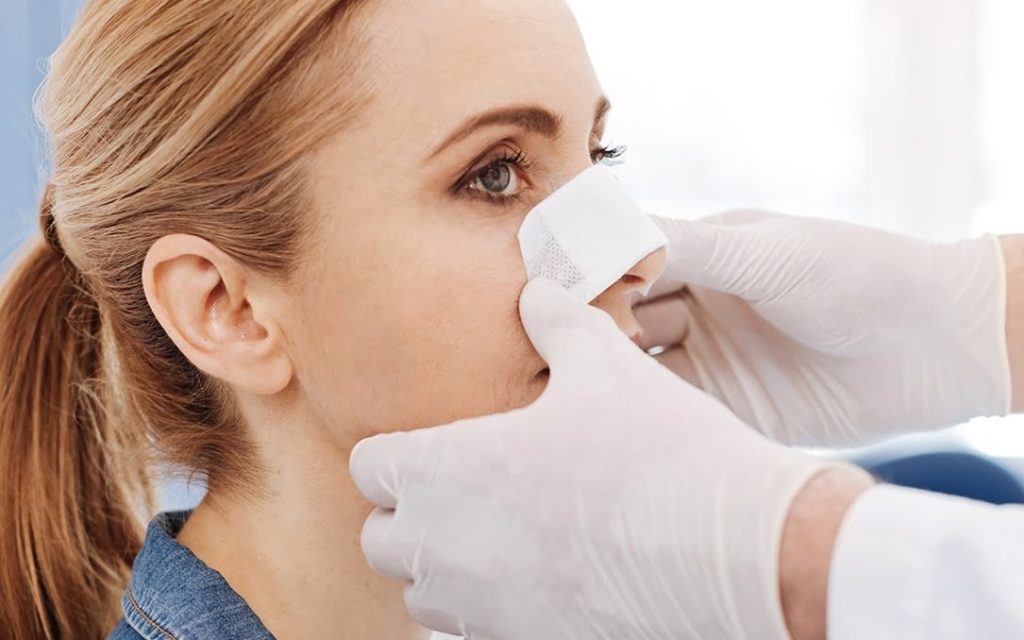
1. Infection: One of the most common risks of rhinoplasty is the possibility of developing an infection. Infections can occur after surgery if proper care and hygiene are not maintained. It is crucial to follow the post-operative instructions provided by your surgeon to minimize the risk of infection. Antibiotics may also be prescribed to reduce the chance of developing an infection.
2. Bleeding: Another risk associated with rhinoplasty is bleeding, both during and after the surgery. This is a common complication and can range from minor bleeding to more significant hemorrhaging. Your surgeon will take necessary measures during the procedure to control any bleeding. It is important to avoid activities that can increase the risk of bleeding, such as strenuous exercise, for a certain period of time after the surgery.
3. Poor wound healing: Sometimes, the incisions made during rhinoplasty may heal poorly. This can result in visible scars or changes in the shape of the nose. Factors such as smoking, certain medical conditions, and poor nutrition can contribute to poor wound healing. Taking proper care of the incision sites and following the post-operative instructions can help minimize this risk.
- 4. Nasal blockage: Following rhinoplasty, some individuals may experience nasal blockage or difficulty breathing through the nose. This can occur due to swelling, inflammation, or changes in the nasal structures. While this is usually a temporary issue, it is important to inform your surgeon if you experience persistent nasal blockage.
| Common Risks | Complications |
|---|---|
| Infection | Poor wound healing |
| Bleeding | Nasal blockage |
| Unsatisfactory results |
While the risks mentioned above are relatively common, it is essential to note that serious complications are rare. It is crucial to choose a skilled and experienced surgeon, as they can greatly reduce the chances of complications occurring during or after rhinoplasty. To minimize risks, it is important to undergo a thorough evaluation prior to the surgery, disclose any medical conditions or medications you are taking, and follow the pre and post-operative instructions provided by your surgeon. By understanding and being aware of the potential risks, you can make an informed decision and have a smooth rhinoplasty experience.
